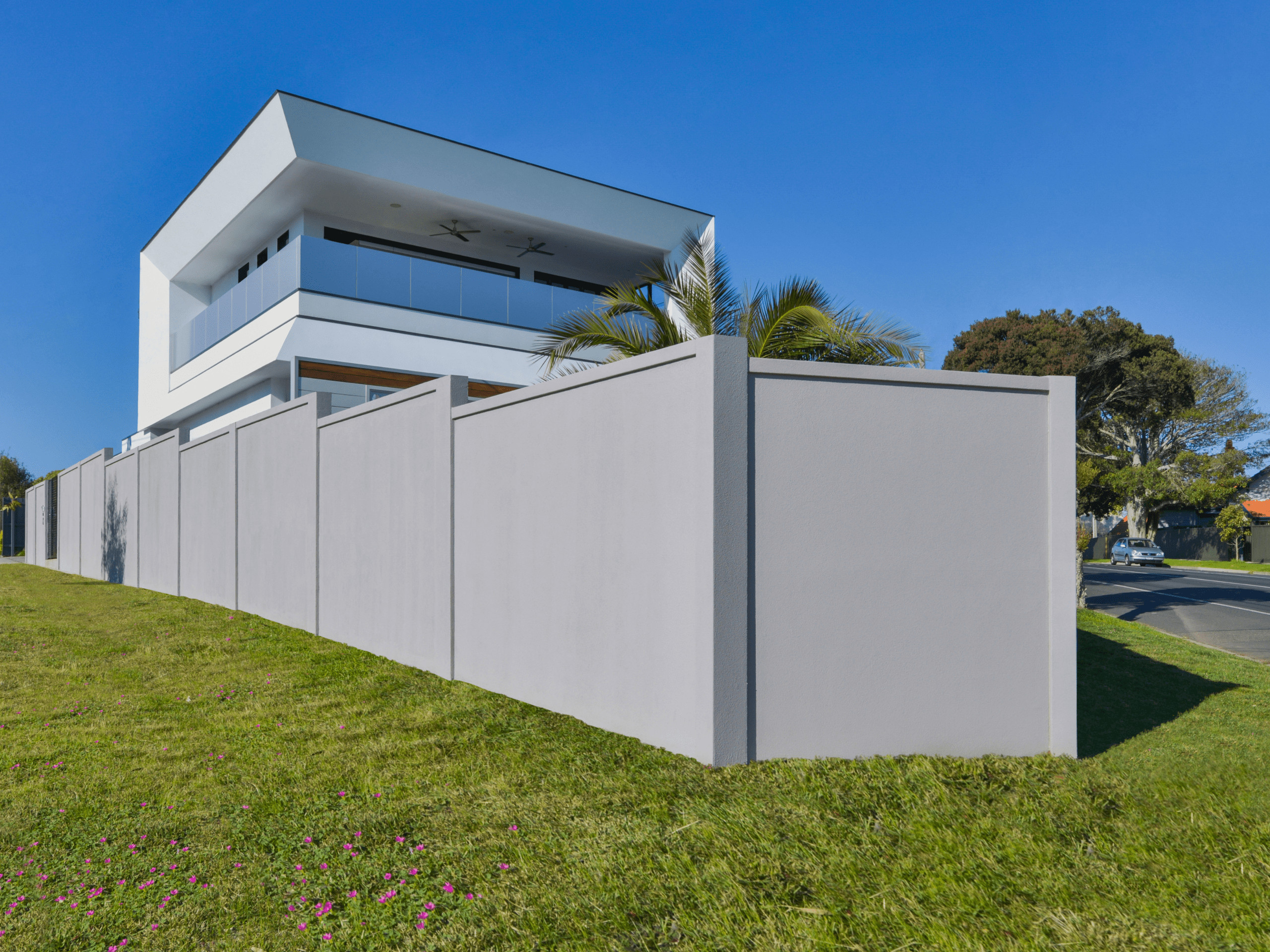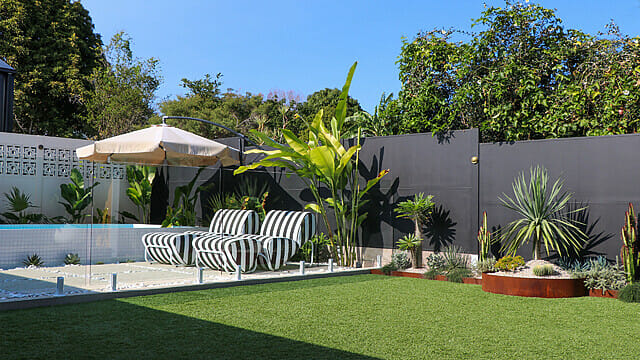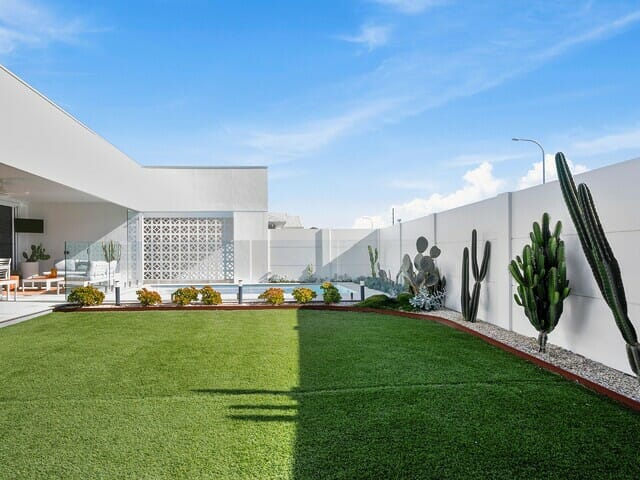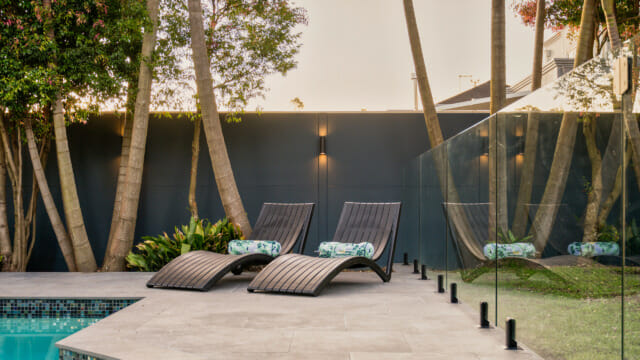You’ve found your dream house in the perfect suburb. You love everything about it … but there’s one massive problem. There’s a highway running past nearby, and the traffic noise is terrible.
This scenario is increasingly common in Australia. As our population swells, cities and regional areas are becoming more built up. Suburbs and housing estates are expanding along the edges of motorways and highways. Even in established inner suburbs, the construction of new roads and infrastructure has brought heavy traffic noise to areas that were once peaceful and quiet.


How traffic noise impacts your health
Ongoing exposure to excessive noise can make us snappy and irritable, disrupt sleep, and affect concentration. Traffic noise – whether the constant thrum of cars or the bone-shaking roar of trucks – is one of the worst offenders. Noise is measured in decibels (dB). Normal conversation is around 50–60 dB; a motorbike gunning its engine can hit over 100dB. Highway traffic noise measures around 70 to 80 dB (at a distance of 15 metres from the road). Of course, this figure can vary based on what type of vehicles are using the highway, how far your home is from the highway, the local topography and whether noise barriers are installed on the road.
The World Health Organization strongly recommends reducing noise levels produced by road traffic to below 53 dB. Why? Because many studies show that living with traffic noise can harm our physical and mental health. Danish researchers found that it may increase the risk of a heart attack in over-50’s. They claim the risk rises 12% for every 10 decibel increase in traffic noise. A Swedish study linked exposure to traffic noise with higher rates of obesity. In Germany, scientists discovered that people living with road traffic noise are 25% more likely to develop depression than those in quieter areas.
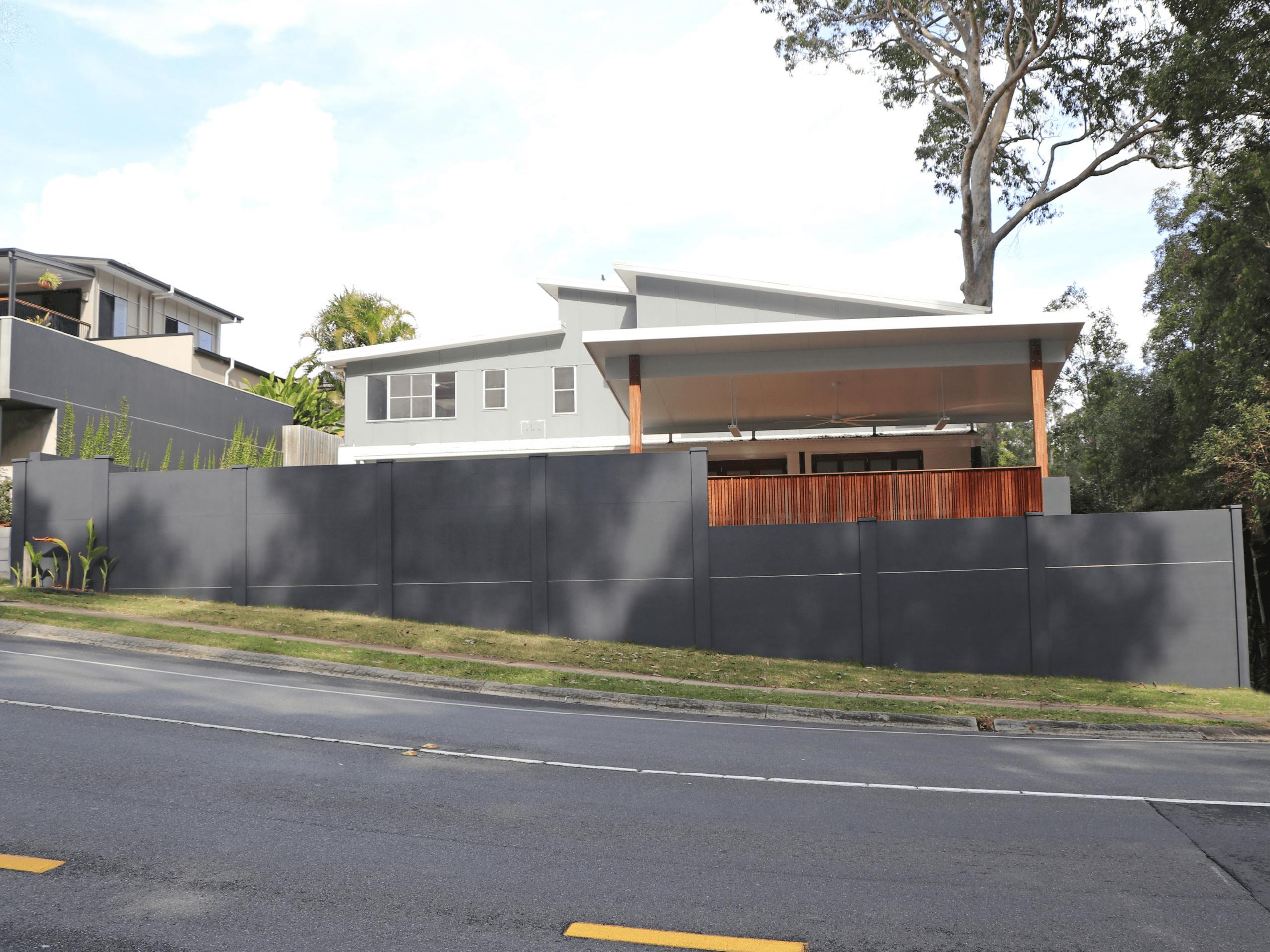

Strategies for reducing traffic noise
So, all this research tells us that traffic noise is something we should avoid if we possibly can. Fortunately, you can implement a range of simple strategies around the home to disguise or dampen the sound from that highway.
If you’re building or renovating, consider investing in double-glazed windows, exterior shutters and extra insulation. If those measures aren’t available, soft furnishings will also help, particularly in noise-sensitive spaces like bedrooms and living rooms. Carpeting and floor rugs will work to absorb sound and keep your rooms quieter, and curtains can reduce noise transfer – for best results, choose a lined, heavy fabric and hang them floor-to-ceiling.
A thoughtful approach to landscaping can also have a significant impact. For example, leafy vegetation reduces noise transmission, so plant plenty of bushes and shrubs and swap hard pavers for a lush lawn. You can also put your fencing onto double-duty by selecting a soundproof option from ModularWalls. These innovative wall systems are acoustically tested to reduce noise by 20-25dB (depending on noise source and noise type), which equates to a quartering of the loudness, which means a quieter, more liveable and healthier home and garden.
How ModularWalls help with noise reduction
Garden walls will shield noise most effectively when installed at an adequate height (2.4 to 3 metres). Planting dense shrubbery along the perimeter will also improve performance in this regard. ModularWalls offer three residential wall styles to help reduce traffic noise: TrendWall, VogueWall and EstateWall.
Each product delivers similar noise-reduction properties. They offer great design versatility, making them suitable for all sorts of applications (e.g. sloping blocks, retaining, around pools) and come in different profiles to suit all architectural styles.
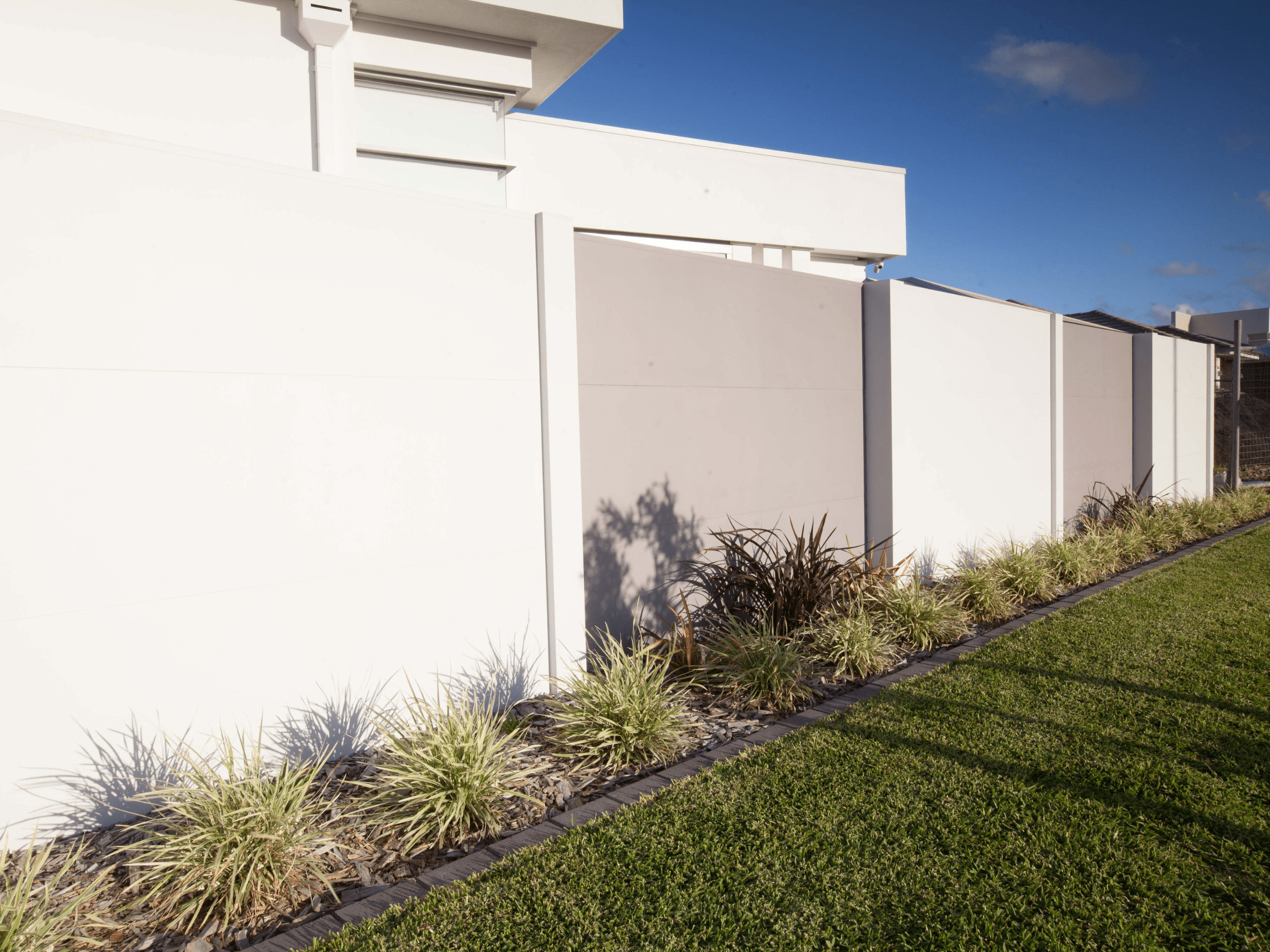

Let’s take a closer look at each wall style
TrendWall offers a streamlined look. It has acoustic properties and retaining capabilities when combined with our TerraFirm retaining panels. With aluminium, corrosion-resistant posts, it’s a great solution around pools or for homes in coastal areas. TrendWall panels are available in heights up to 2.4 metres* to help control moderate traffic noise.
VogueWall captures the traditional look and feel of a rendered brick wall. However, this versatile, customisable wall style offers a world of design potential. Available in 3-metre high panels and offering great architectural appeal, VogueWall can also integrate with ModularWalls’ retaining panels. Overall, VogueWall is a popular choice for creating privacy and sound attenuation for homes, townhouses or apartments affected by highway traffic noise.
EstateWall is a robust masonry-alternative modular wall. With thicker post profiles than VogueWall, it creates a grand aesthetic and beautiful street frontage. At 3 metres high, these panels work well for properties near highways where traffic noise is problematic.
DIY or professional installation
If traffic noise affects your quality of life, investing time and effort in a few practical sound insulation measures will transform your home and garden into a peaceful, quiet sanctuary. Not to mention, it may also improve the overall value of your property in the long term.
ModularWalls are simple to install as part of a new build and can also improve the look, feel and sound attenuation of an existing home. Thanks to their innovative post-and-panel design, they’re fast and easy to install.** You can DIY it if you’re handy or have it done by a professional installer.
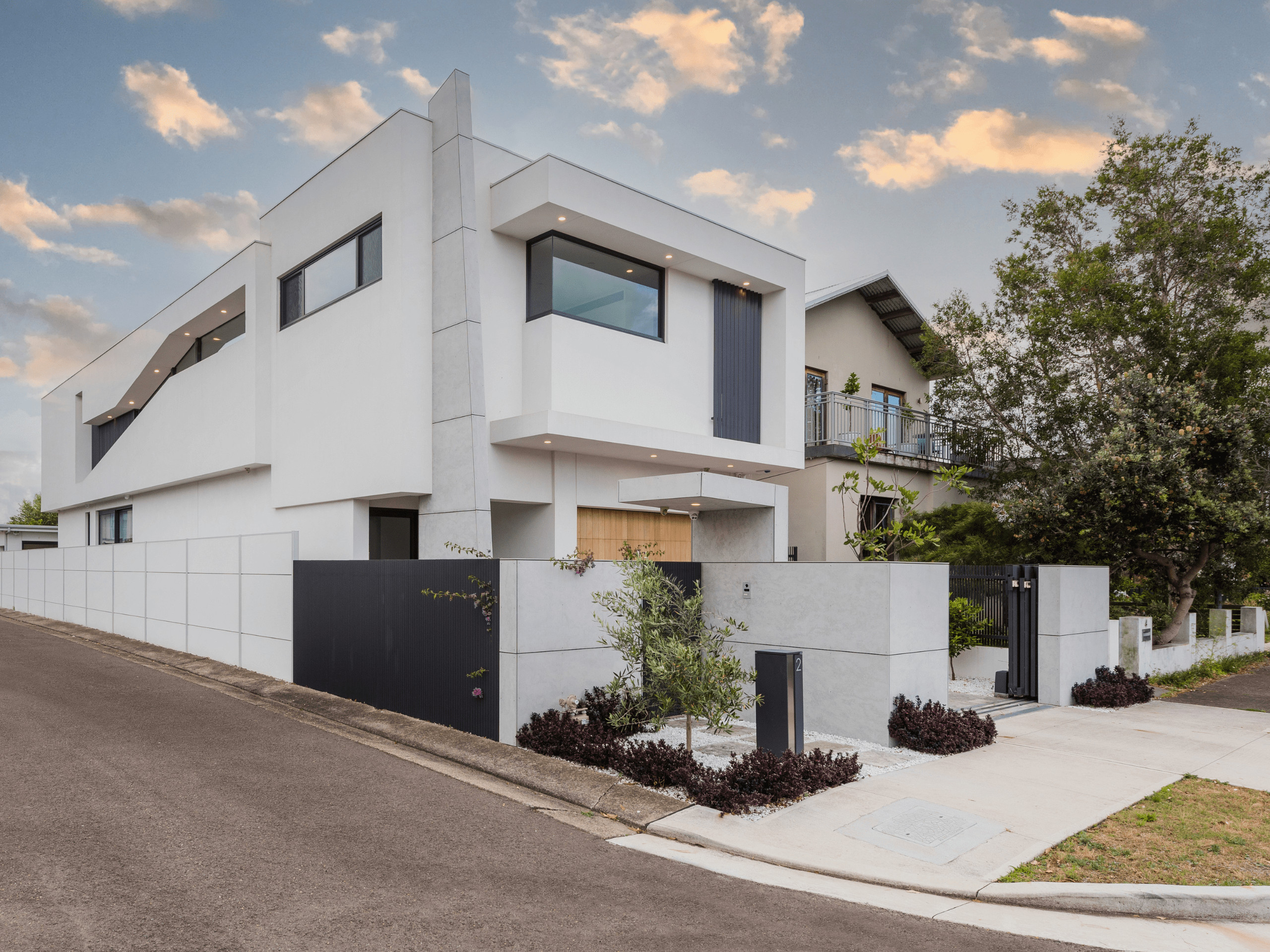

*The maximum height attainable for the different wall types will be influenced by various factors, including wind regions, soil conditions, topography and shielding.
**Installation times will vary per site according to the site’s conditions and do not include external factors such as weather conditions.
